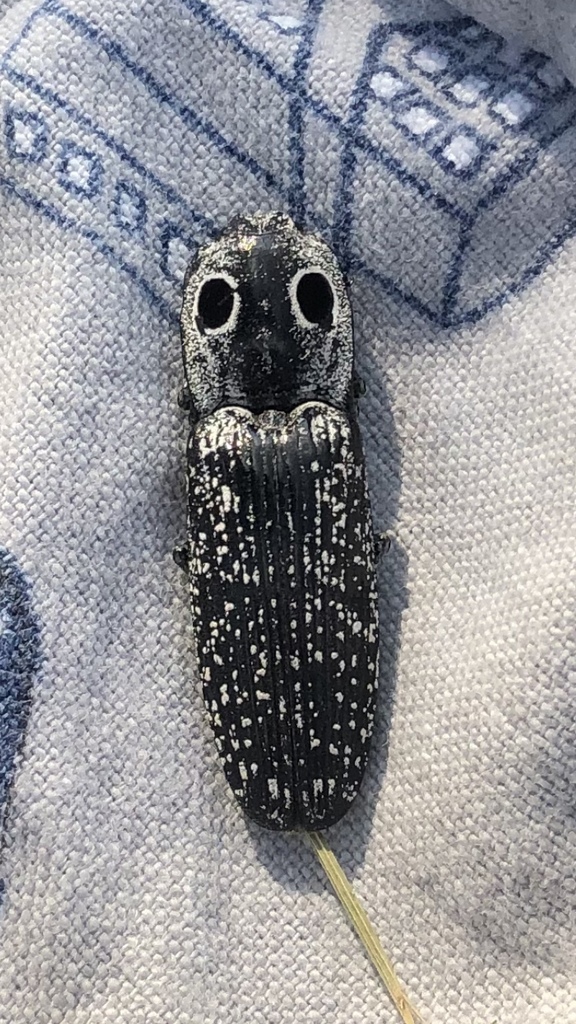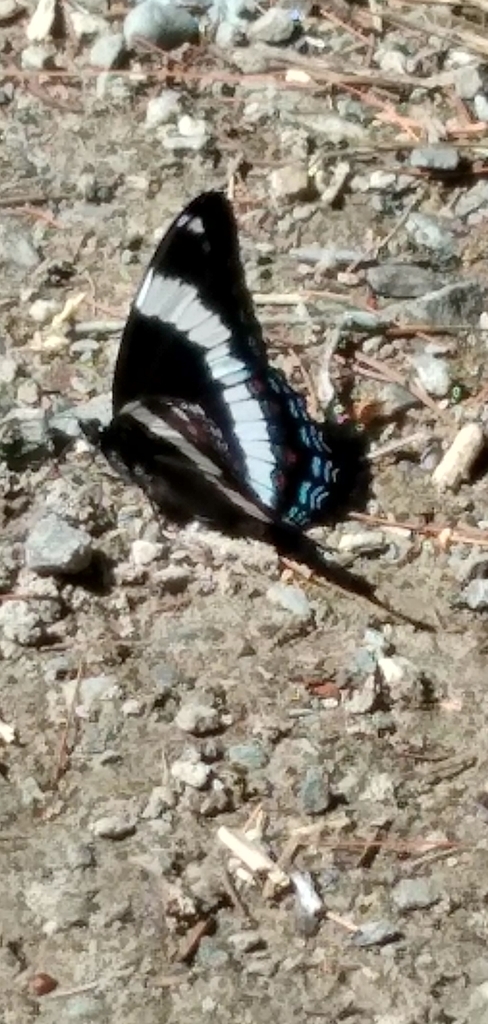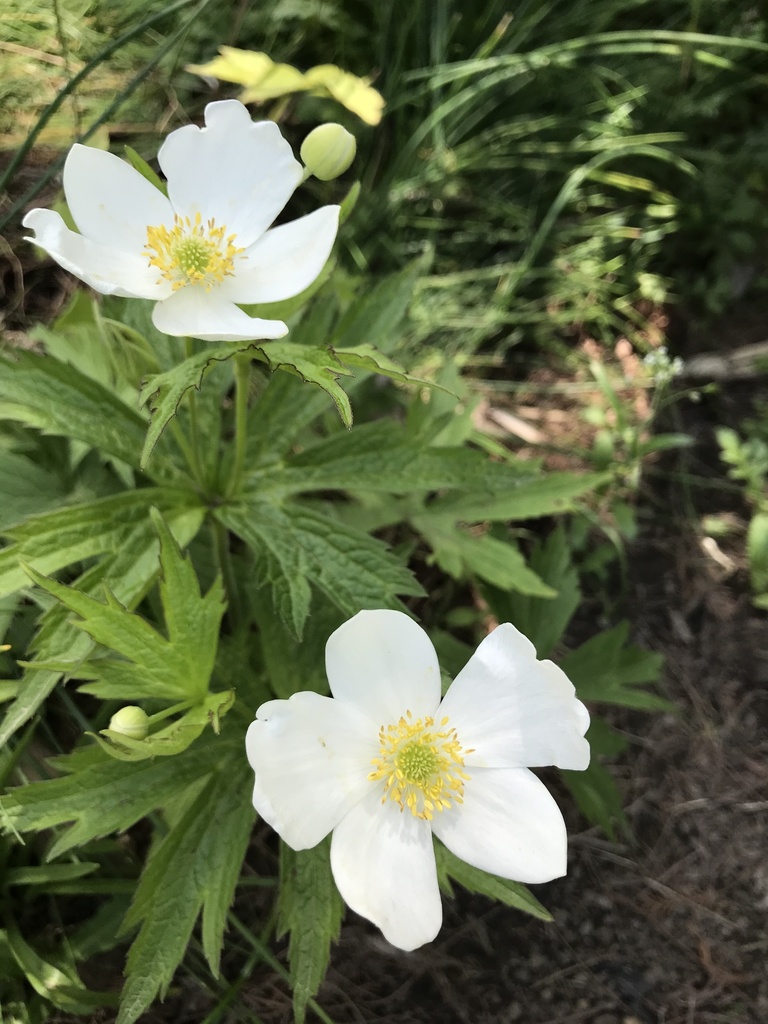Humber Arboretum Atlas June Highlights
June holds the longest day of the year, or the summer solstice, which officially marks the start of summer. With every new season comes new changes in nature. Let’s take a look at the observations that were made at The Humber Arboretum for the Humber Arboretum Atlas Project!
Insects and critters seemed to be super abundant this month at the Arboretum. An Eastern Eyed Click Beetle was spotted by adventuresofnicola.

© adventuresofnicola, some rights reserved (CC-BY-NC), Eastern Eyed Click Beetle - Observation 81971337
Mike Naumoff, a nature interpreter here at the Arb, found a Sphinx Moth. Max Haber, one of our other nature interpreters, found the American White Admiral and a Box Tree Moth.

© Max Haber, some rights reserved (BY-CC), American White Admiral - Observation 83500587
There are many invasive species that can be found in the Arboretum, and many were spotted this past month. Garlic Mustard was observed by Shoma Chalmers (shona), and Dame’s Rocket was observed by Avita Ragnauth (avita_inherhabitat).
Flowers are quite easy to spot in summer, so there were quite a few that were observed. Both the Meadow Anemone and the Meadow Buttercup were found by Mike Naumoff.

© Micheal Naumoff, some rights reserved (BY-CC), Meadow Anemone - Observation 81193448
A big thank you to the contributors this month. Keep exploring, we can’t wait to see what you find in July!
- Nicole Carbone, Humber Arboretum Student Content Creator



 Usá ArgentiNat con app iNaturalist
Usá ArgentiNat con app iNaturalist





